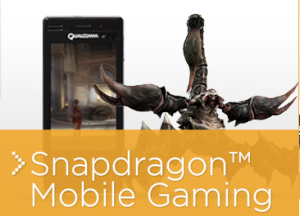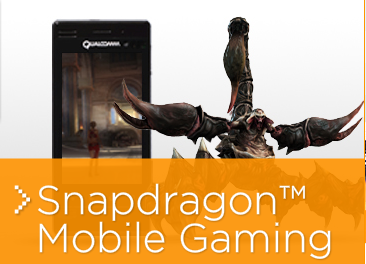 At the 2011 MobileBeat conference, Qualcomm vice president of product management Raj Talluri discusses the chip maker’s focus on benefiting the end consumer.
At the 2011 MobileBeat conference, Qualcomm vice president of product management Raj Talluri discusses the chip maker’s focus on benefiting the end consumer.
This interview is sponsored by Qualcomm.
As an enterprise-facing company, what do Qualcomm’s products mean for consumers?
We make the guts of the phone. We work very closely with our partners, like to Sony Ericsson, to deliver experiences for the end consumer. Consumers realize that you can buy a camera, you can buy an MP3 player, you can buy a navigator system, but you can just buy a phone and get all of those experiences. We work on developing those standalone device experiences such as audio, photo taking, graphics and battery conservation to create one device that is thin, light and lasts all day.
What is the biggest challenge for Qualcomm in engaging the consumer?
For Qualcomm, to launch a product that the end consumer can enjoy, we must work with a laundry list of people. Using mobile payments as an example, we spend our time interacting with partners like Google that create secure operating systems. Next we work with the operator to launch the system. We engage service providers like Paypal or Citybank to enable financial transactions. And we collaborate with phone makers like HTC to launch the app on their phone. There is a lot of plumbing that we take care of before it can reach the consumer. We create the machine.
Today, 3G is pretty widespread, but what are you doing to move the needle toward 4G?
We launched the first 4G phone, the HTC Thunderbolt on Verizon, so we have the best 4G solution out there today. We focus on how to integrate, how to pull all these aspects together onto one chip. Put it together and you get lower costs, better power. We announced our integrated 4G plus apps processor called 8960, which will support Windows 8. The next generation of 4G phones that will come out in the first half of next year will all be using integrated 4G plus apps processor.
A theme of this year’s MobileBeat is mobile payments. How is Qualcomm working within this new sub-industry?
The issue with financial transactions on mobile is the limit on how much money you can move, given security parameters. We are spending time at Qualcomm to build an infrastructure that secures financial payments and lifts the limit. The infrastructure includes hardware inside the processor and software that allows applications to run inside a secure environment, which is authenticated with by a key mechanism. You’ll see products late this year or early next.
Are you partnering with anyone exciting for the consumer?
Scalado, a European company, came up with a really exciting technology that processes images in the JPEG domain very fast. We built the hardware inside our developer platform, Snapdragon, to take pictures at high speeds and compress them into the perfect shot. Scalado then built their application to complements our hardware. The app allows the user to choose a face from those high speed-taken photos and layers it smoothly on your end picture. It’s a total solution for mobile picture taking.
Tell me about Snapdragon, your platform of app developers.
Snapdragon has processors, modems, connectivity, everything needed for creating a smartphone app. When app developers create on Snapdragon, they have access to create for any device. It is the most widely used smartphone developer platform, used by 60 percent of Android developers and has 40 percent of market share. We have single core, dual-core, and quad-core development options in Snapdragon. The quad-core will come out next year.


